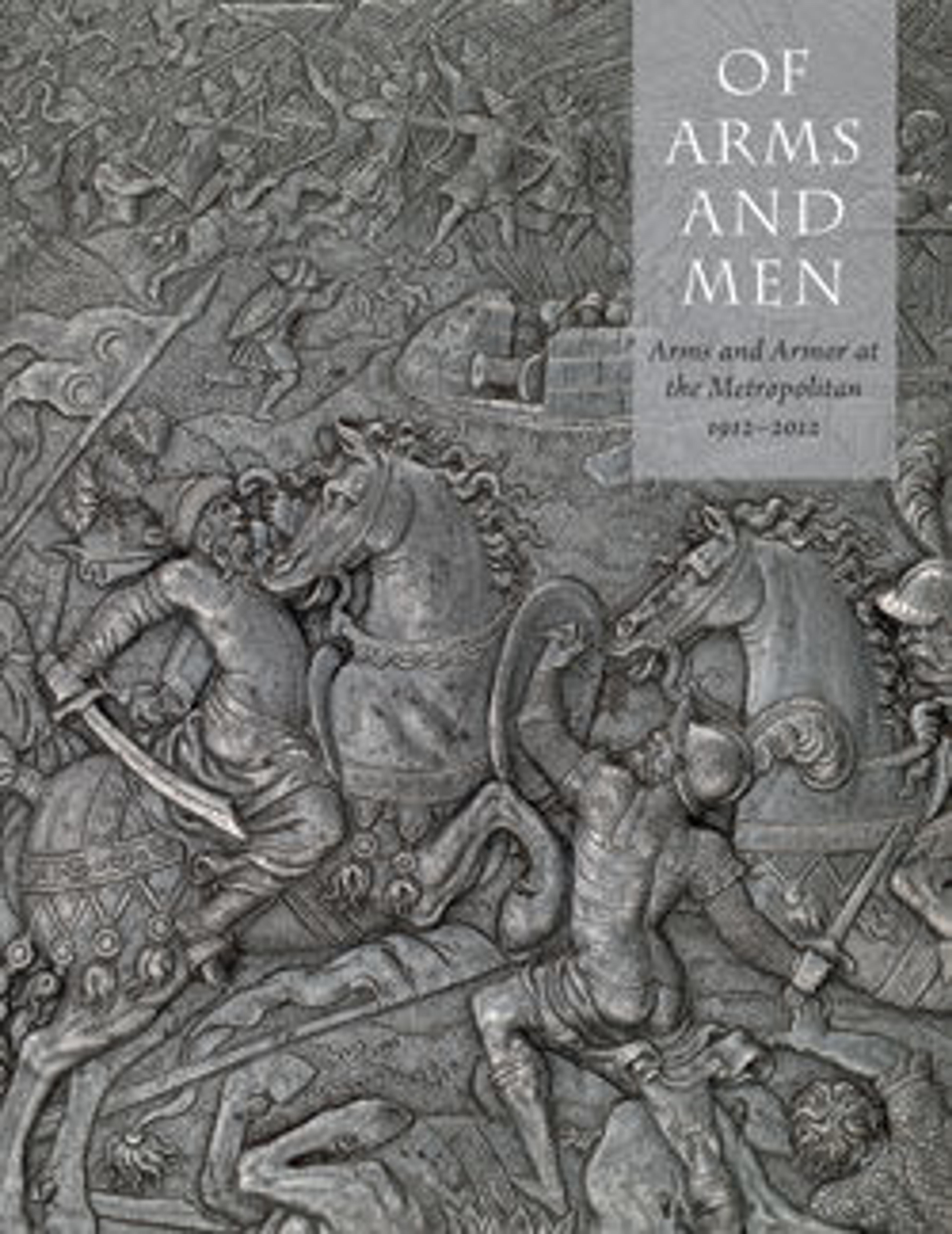Armor
This armor was assembled and restored in the 1920s using individual elements that had been discovered in the ruins of the Venetian fortress at Chalcis, on the Greek island of Euboea, which had fallen to the Turks in 1470. The purpose was to present a full armor of the style worn about 1400, a period from which no complete armors survive. Distinctive features are the early form of brigandine (a torso defense constructed of numerous overlapping plates riveted inside a doublet) with two large breast halves and brass borders at the edges of the exposed plates. Portions of the brass at the top edge of the left cuisse (thigh defense), the lower edges of the right greave (lower leg defense), and the visor are genuine; the remainder is restored. The helmet, a visored bascinet, is associated with the armor. The velvet covering of the brigandine dates from the early 20th century.
Artwork Details
- Title: Armor
- Date: ca. 1400–1450 and later
- Culture: Italian
- Medium: Steel, copper alloy, textile, leather
- Dimensions: H. 66 1/2 in. (168.9 cm), Wt. 41 lb. (18.6 kg)
- Classification: Armor for Man
- Credit Line: Bashford Dean Memorial Collection, Gift of Helen Fahnestock Hubbard, in memory of her father, Harris C. Fahnestock, 1929
- Object Number: 29.154.3
- Curatorial Department: Arms and Armor
More Artwork
Research Resources
The Met provides unparalleled resources for research and welcomes an international community of students and scholars. The Met's Open Access API is where creators and researchers can connect to the The Met collection. Open Access data and public domain images are available for unrestricted commercial and noncommercial use without permission or fee.
To request images under copyright and other restrictions, please use this Image Request form.
Feedback
We continue to research and examine historical and cultural context for objects in The Met collection. If you have comments or questions about this object record, please contact us using the form below. The Museum looks forward to receiving your comments.
